By comparison, we launched into a similar subject, pre-2021 and it would have been more interesting to watch paint dry on a cold winter day.
But now... Wow, watch out!
You folks are fired up! (the comments on the survey were amazing)
I just cant think of a major world event that might have happened in the last few years that would change peoples opinions about their personal health - hmm... let me think.
Huh? Sorry, nothing comes to mind.
Anyway. I'd like to address in a webinar (my fancy word for a Zoom meeting) this week, the questions we received in the Raw Milk survey.
I don't have all the answers, because this project is still in it infancy, but thought I might address the below listed questions, yarn a few stories about Eve's health recovery and the role that Raw Milk played in her life and then open it up for questions.
If you can't join us at the appointed place and time, I will record the mayhem and post it right here.
If you want to join in, please be sure to enter your information below and we will contact you with all the details.
Thanks,
Douglas Lindamood
Chief Piglet Chaser, Chicken Whisperer and Calf Wrangler
SonRise Ranch
Question: How long would it take to transport the milk from the cow to oceanside?
Question: Dear Chicken Whisperer, if your chickens only eat what they find outside, I would be interested in eggs as well.
Question: I've never had raw milk. It scares me for no good reason. I know commercial milk isn't the best for me because it's heated but it tastes soooo good. I'm interested in this plan. I'm 68 years old and have averaged a half gallon a day for decades. But I know despite it's amazing flavor I need to start drinking healthier milk.
Comment: I drink 1-1/2 gallons of milk per week but don’t believe raw milk is better for me than homogenized/ pasteurized milk.
Question: How soon do you anticipate providing the cost of buying in?
Question: When the cow is done producing milk, will the owners have the opportunity to purchase a portion of of processed cow?
Question: I purchased raw cream (Organic Pastures company) from Sprouts store before, it had stinky smell, pretty off-putting smell, like a vomit smell, although it tasted fine, just smelled bad, and I was not able to use raw cream for my coffee even though I wanted to. Is this normal for raw cream?
Question: Can you comment at all about your antibiotic use in your cows?
Question: How long would it take to get such milk from Wyoming to California? How would that affect the "best by" for the milk?
Plus your questions
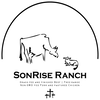
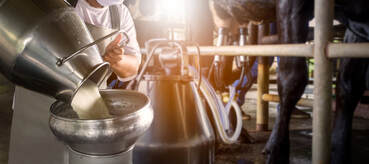
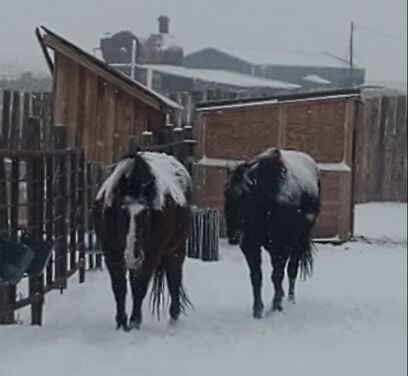
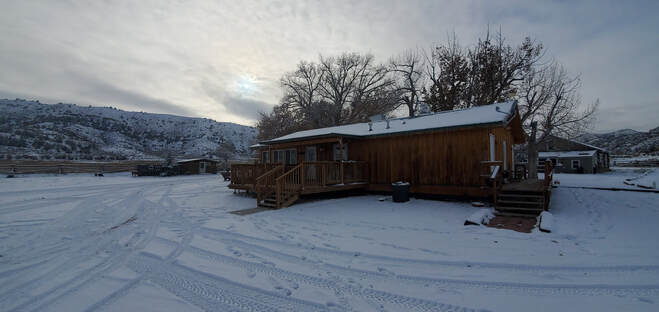
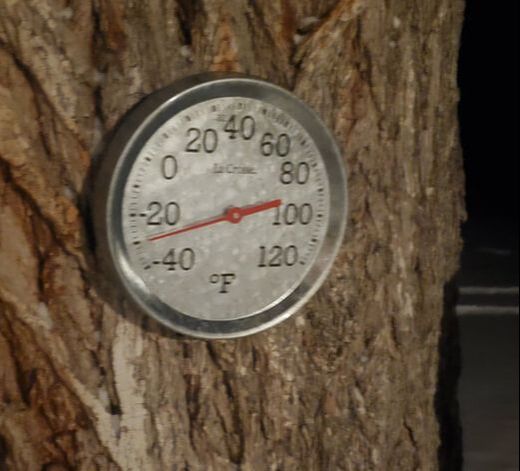
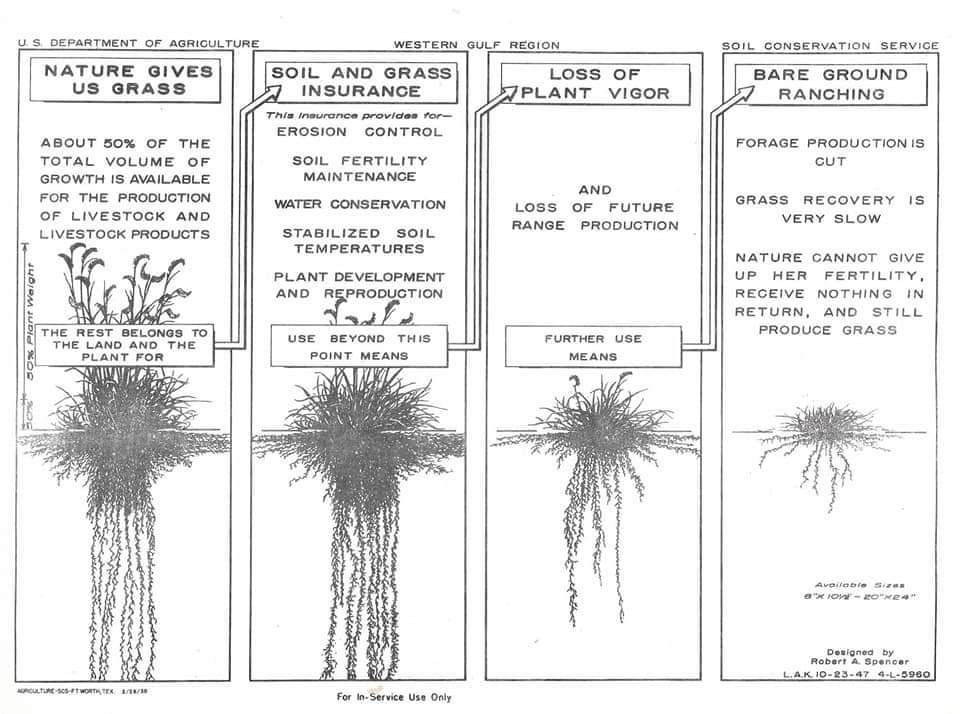
 RSS Feed
RSS Feed